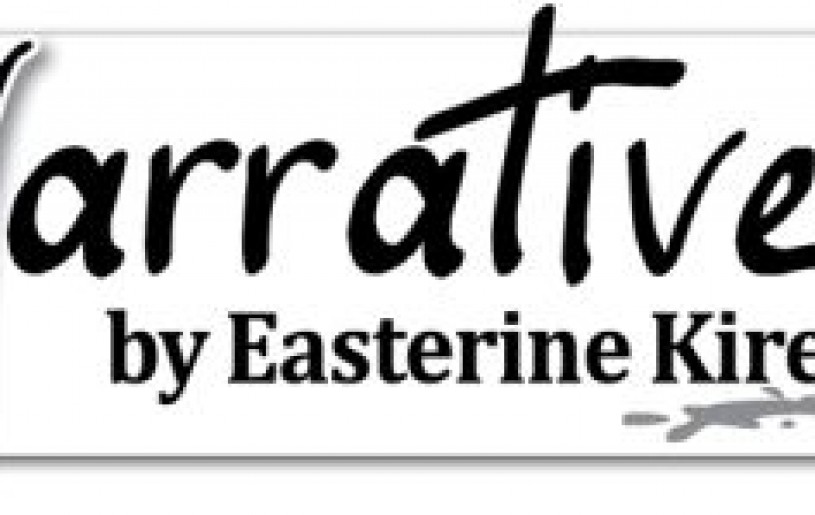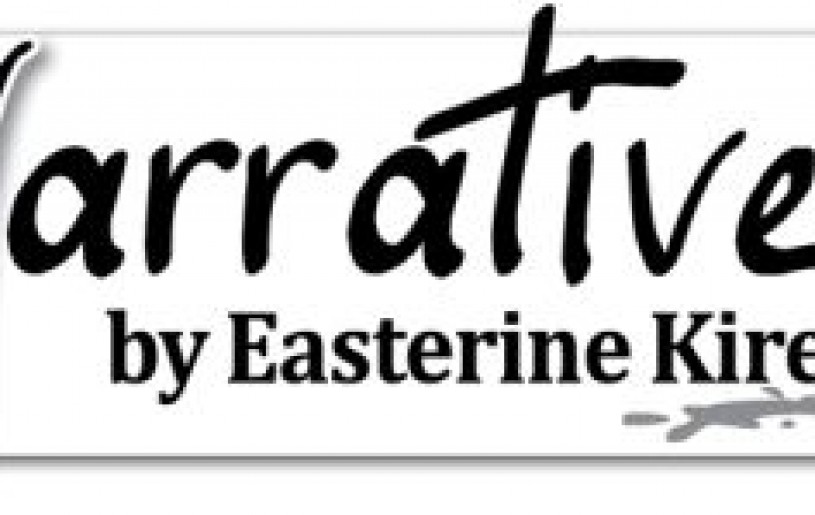
Abhishek Singh
For Governments across the world, job creation is one of the most critical challenges. As per a report of the World Economic Forum, equitable employment is essential to increasing social inclusion, peace and security. Unemployment leads to social unrest and can even lead to violence and crimes. Hence it is imperative that one looks at all avenues for creating jobs and employment. Unemployment and lack of jobs is a very serious issue and there are very limited avenues for jobs in the State as there are no industries. Biggest employer is Government and Government employment is unproductive for the State as the economic returns from most Government jobs are almost negligible. Rather, most Government departments in the State have employees more than what it should be and it not only leads to inefficiency and loss of productivity but it also results in a scenario where almost 70% of Government resources are spent in paying salaries with hardly anything left for developmental activities. Thus we have poor infrastructure and lack of basic amenities which further impacts economic activity in the private sector leading to more unemployment.
One of the sectors with the highest potential of creating jobs is travel and tourism, which continues to grow and stay resilient despite global challenges. As per estimates, Tourism provides 10% of the world’s GDP, 7% of global trade and as many as one in every 11 jobs globally. In each of the six years following the global economic crisis of 2010, the number of international tourist arrivals around the world grew at 4% or above. In India, around 10 million tourists came in 2017 which is about 15.6 % more than the 8.89 million who came in 2016. This increase is primarily on account of liberalization of Visa policy and introduction of e Visa as well as Visa on arrival for most countries. Further relaxation of requirements of Protected Area Permit (PAP) for Nagaland has the potential of increasing tourist arrivals in the State. Promotion of tourism not only results in direct employment but also creates in jobs in other sectors like construction, manufacturing and IT services. This has a multiplier effect along the value chain. It is estimated that every job in the core tourism sector creates about 1.5 additional or indirect jobs in the tourism-related economy. For a State like Nagaland with Tourism offers an opportunity to not only boost the economy of the State but also create jobs and lead to overall growth and development.
Nagaland is blessed with salubrious climate throughout the year and one can visit anytime. If one is looking for a quiet getaway, from the hustle and bustle of city life, it provides the right ambience and provides an opportunity to distress, relax and rejuvenate. Nagaland is the land of Festivals and each tribe of the State has unique customs and traditions. The Festivals revolve around the agricultural practices and warrior stories and are marked by colour, vibrancy and energy. Songs and dances form the soul of these festivals through which the oral history of Naga tribes have been passed down the generations. Nature has been kind and by virtue of its natural beauty, the whole of Nagaland is a tourist hotspot. Another advantage we have is the warmth and hospitality of people and anyone who has been to the State remembers it vividly. For the adventurous and the young, Nagaland is an ideal place for trekking, rock climbing, jungle camping and offers limitless exploration possibilities in its lush and verdant sub-tropical rain forests which are also a treasure trove of a plethora of medicinal plants. The Amur Falcon conservation success story has further created opportunities for Bird watchers and conservationists.
The key challenges of course remain lack of physical infrastructure, poor roads and lack of accommodation facilities in the districts. While work is on to improve the roads, accommodation issues can be resolved with decent homestays that not only offer a comfortable stay but can also give an opportunity to experience the Naga way of life. For some time, it may not be possible to set up 5 star hotels in the State but then Nagaland should offer a different experience to the tourist – a break from the routine, an experience to remember and cherish.
We have certain ideas for promotion of Tourism and would like to invite suggestions for more. The brief measures planned to boost Tourism include:
1. Mini Hornbill Festivals – The main tourism event of the State remains Hornbill festival which is held from 1st to 10th December every year and is now part of the global tourist calendar. While it has led to increase in the Tourists who visit the State during this period, it has also limited the Tourist season to just 10 days and that too primarily in and around Kohima. Further during this period, due to huge demand, air fares sky rocket and accommodation becomes expensive and so the benefits from Hornbill Festival get limited to a short period only. In order to extend the tourist season across the year and to take Tourism to all the Districts of the State it has been planned to have Mini Hornbill Festivals at the same time as the respective tribes observe their traditional festivals. This will give an opportunity to tourists to experience the rich and diverse culture of various tribes of the State. It will not only boost tourists from mainland India and abroad but will also give an opportunity for tourists from within Nagaland to learn and experience the culture and customs of other Naga tribes.
2. International Music Fest – Nagaland is known for music and there is an abundance of talent across the State. Hornbill International Music Fest is one of the most acclaimed Music Festivals of the country and many Music enthusiasts travel to Nagaland for this. Last year, this festival was held in Dimapur and it was decided to take it to other districts also. This will surely help in promoting Music led tourism.
3. Amur Falcon Festival – The Amur Falcon conservation story of Pangti is a known success story and Bird lovers and conservationists visit Nagaland during October for seeing the birds. Accordingly Amur Falcon Festival will be held in October end in and around Pangti that will help Bird lovers to not only get to see the Amur Falcons but also experience the rich culture, cuisine and music of the region. Tie up with Kaziranga wild life park can also be done to ensure that tourists get to see the one horned Rhinos in Kaziranga and the Amur Falcons here.
4. Similarly other events can be planned which can include the following: i. Dzukou Trekking Tour ii. Dzeleki Camping iii. Tattoo trail iv. Heritage Village tours v. Mt Saramati tour vi. Lake Shilloi tour vii. Arts & Crafts tours viii. Christianity related tours Around each of these tours, specific events can be planned.
Allied activities for promotion of Tourism will include:
1. Training to Tour Guides and Travel Operators
2. Updating database of accommodation availability and enabling online booking
3. Providing end to end transport facilities from airport/railway station
4. Training Home Stay operators
5. Planning regular activities on weekends for Tourists to enjoy
In addition for management of Tourist Complexes like Kisama and Tourist Rest Houses, one can set up Tourism Development Corporation or have a PPP model for year round operation and maintenance of facilities. Kisama complex can start having regular events on weekends that can attract tourists. Crafts of various tribes along with their cuisines can be made available in the Morungs that tourists can enjoy.
Kikon Francis Chanbemo
Supplementing on the PM's exceptional write-up I personally would also like to draw some of my few thoughts on the topic. Well the societal changes and the chronic struggles of rural communities have negatively affected rural economies. At the same time, those dwelling in urban and suburban areas are increasingly drawn to rural areas, often because they perceive that rural communities have a unique charm and provide respite from a faster-paced urban lifestyle. As a potential solution for struggling rural economies, Extension professionals may consider developing tourism opportunities, often based around natural resources, outdoor sports and recreation, agriculture, and unique cultural features. While communities may welcome the economic boost of tourism, they may also aim to preserve valued rural landscapes and the quality of life associated with rural areas. Tourism offers many advantages to rural communities. It places less of a cost-burden on local economies than building entirely new industries (e.g., manufacturing), and it is not necessarily dependent on investment support from outside the community. Tourism also provides a boost to travel-oriented businesses and businesses whose focus is not directly related to tourism, such as gas stations or grocery stores. Perhaps most important, increased tourism can inject much needed tourist dollars into struggling communities and can be developed into a sustainable means of economic development, bringing a potential year-round flow of income to the area. Travel to rural areas also provides benefits to tourists. They can develop an appreciation and understanding of an area's natural beauty, ecosystem, and cultural value; benefit from outdoor educational experiences; and acquire skills that help them to live a more sustainable lifestyle that may come from visiting ecotourism attractions. Urbanites may particularly desire to experience rural cultures and landscapes, to experience food and "local food" culture and ecotourism. There are also downsides to growing rural tourism. Increased tourism can pit communities against others if they feel they are marketing to the same audience. Tourism can also be variable throughout the year or in times of economic decline, and tourism-related employee wages can be low. In addition, some research has noted there can be inherent conflicts between the ecotourism and agricultural communities in some rural areas, though this could be attenuated by increased collaboration between stakeholders. A robust tourism destination could provide multiple points of interaction, combining sites of agri-tourism, ecotourism, cultural tourism and outdoor sports and recreation opportunities.
Also Tourism development can be a useful strategy for Extension programming focused on rural economic development. Tourism development offers an opportunity for Extension personnel to implement interdisciplinary programming, including topics such as agriculture and natural resources, small business and home-based business development skills, community resource development, or youth programming, depending on a given community's needs.
Should a community aspire to develop or improve tourism in their region, research has suggested that the venture will be most successful if several of the following conditions are met: an available complete tourism package, strong community leadership, support from local government, funding for tourism development, strategic planning efforts, coordination between local government and local businesses, cooperation among tourism entrepreneurs, the capability to promote and distribute information about the area, and broad, community-wide support. Some communities may also aim to improve tourism in the "off-peak" season or "shoulder months" to increase tourism revenue and build a sustainable, year-round tourism economy.
Given the economic opportunities that expanded tourism can provide to rural communities, the purpose of my write-up is to evaluate what motivates tourists to visit a rural area, how they perceive of the area as a tourist destination, and what factors are empirically associated with returning to a rural area during the off season. These findings will be particularly relevant to Extension professionals and other stakeholders who are interested in expanding the tourism economy in rural areas in general and who are interested in expanding tourism year-round.






